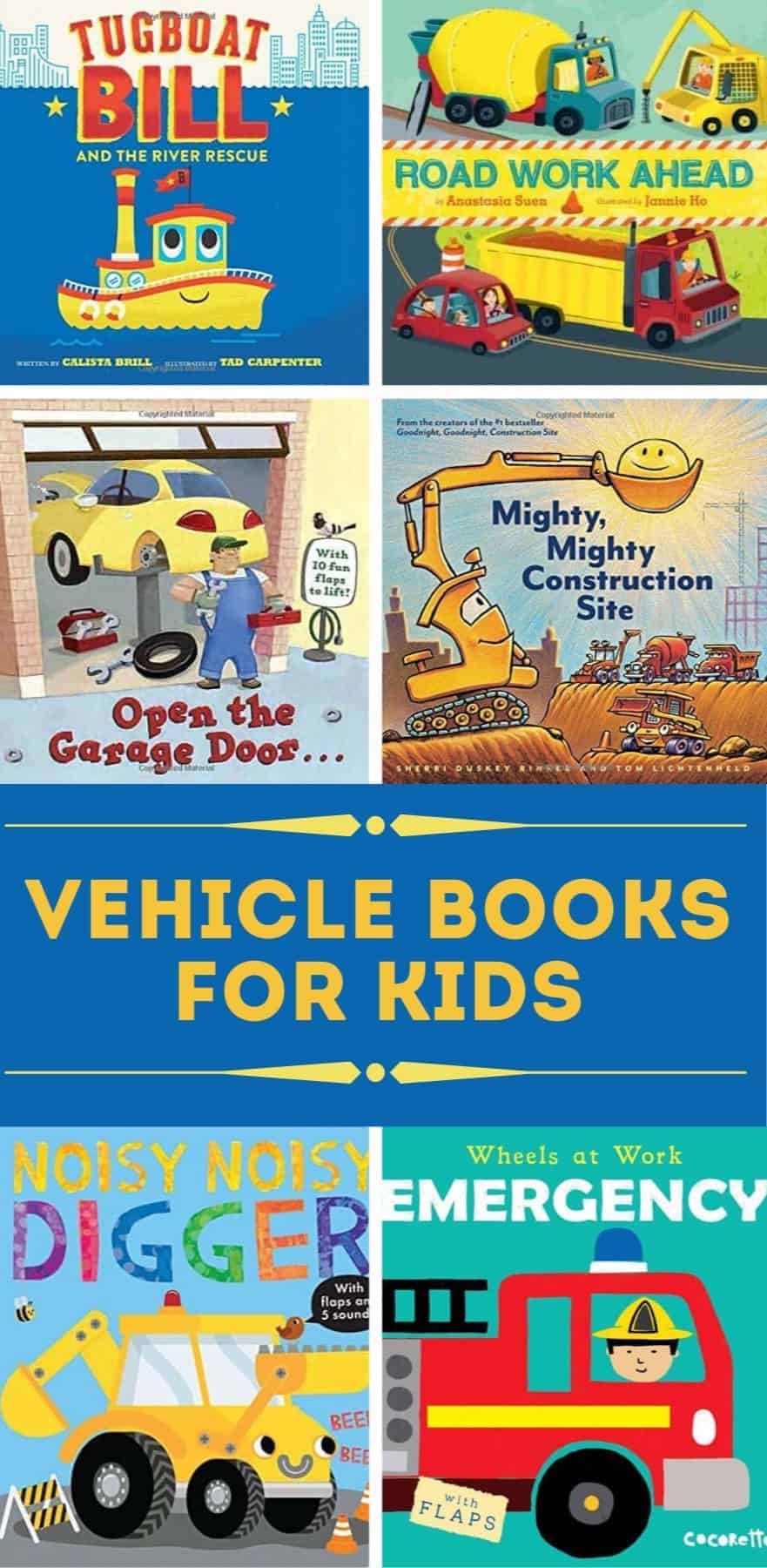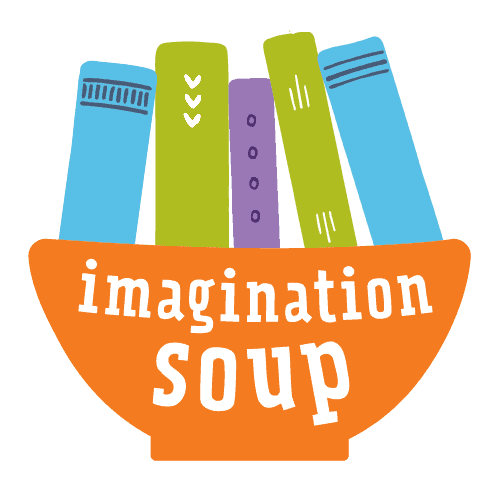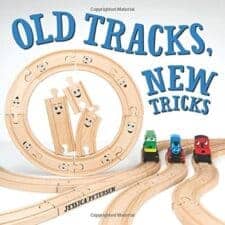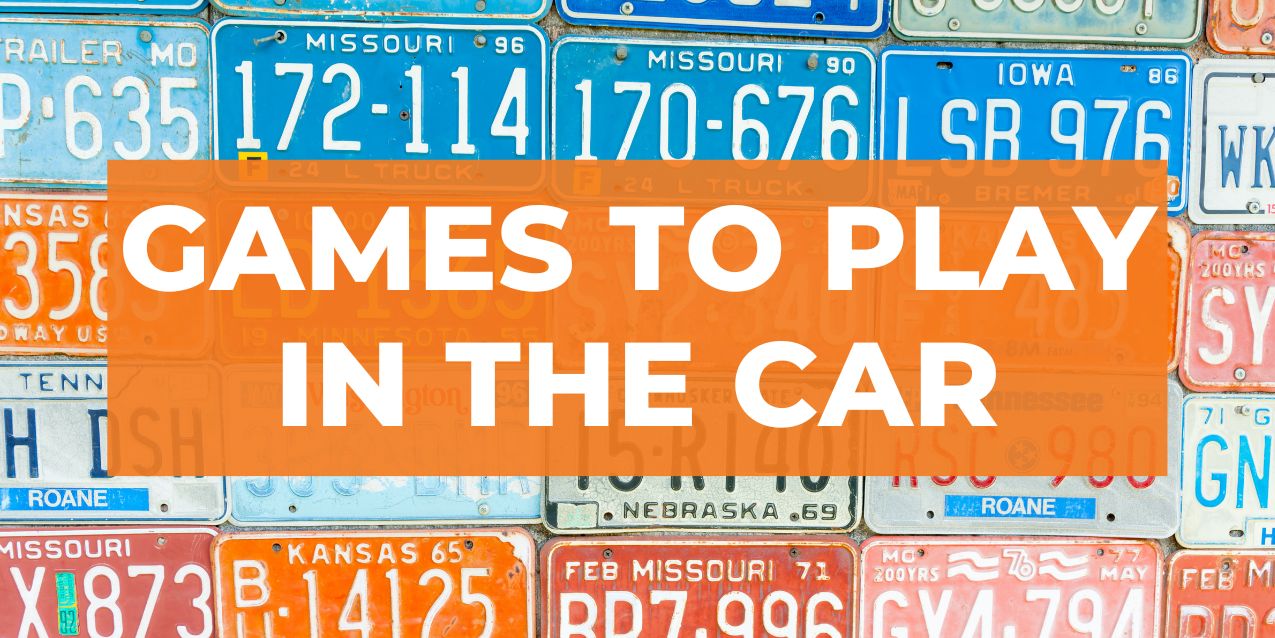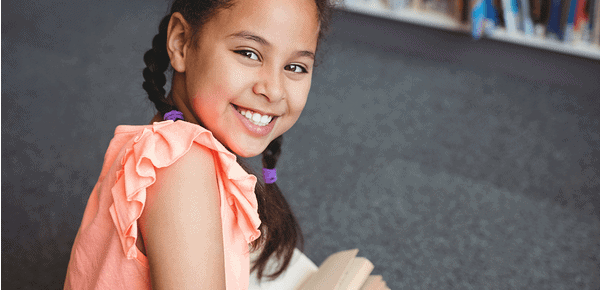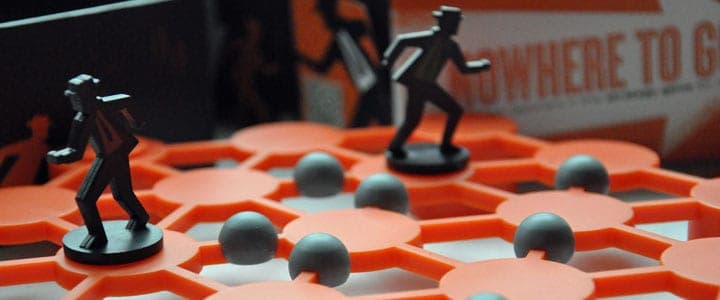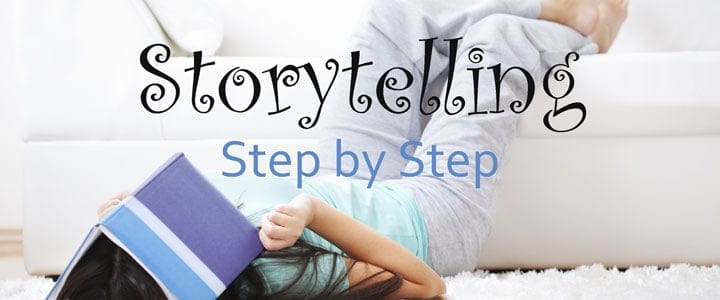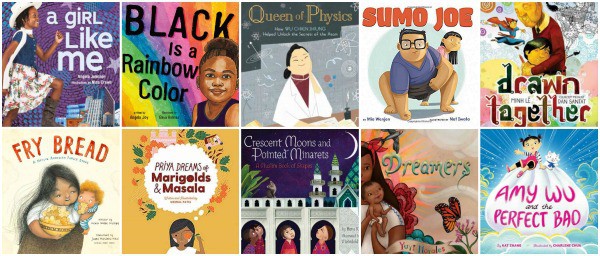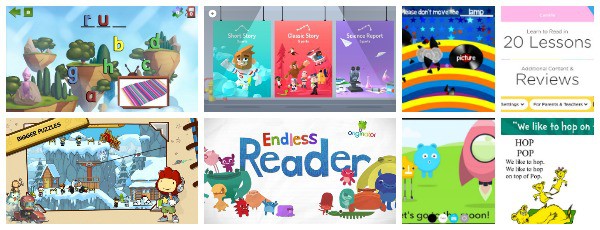Awesome Picture Books for Vehicle Loving Kids
This post may contain affiliate links.
Board Books About Vehicles
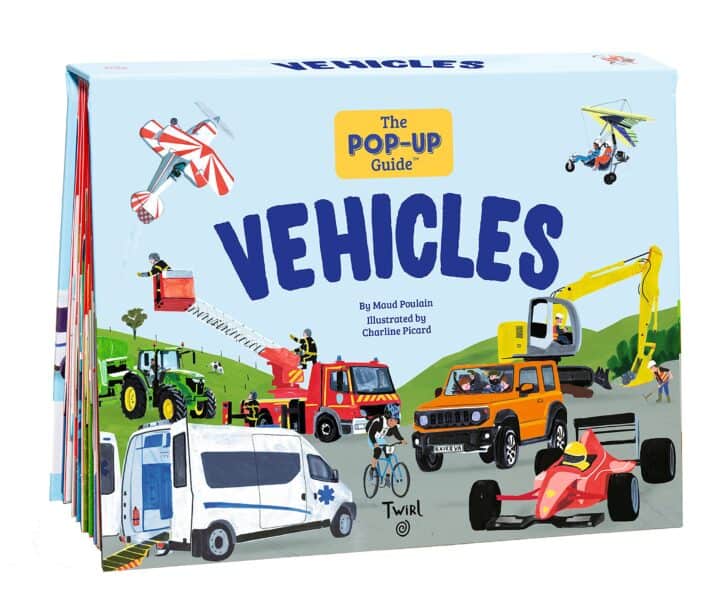
Vehicles (The Pop-Up Guide) by Maud Poulain, illustrated by Charline Picard
As you turn the pages, enjoy the pop-ups of vehicles that fit each setting like the city, construction site, fields, and sea.
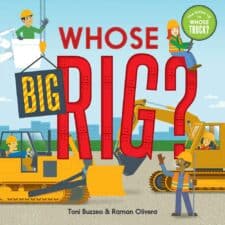
Whose Big Rig? by Toni Buzzeo and Ramon Olivera
Learn about six different big rigs! Read what the rig does, see if you can guess it, then open the page to learn the answer.
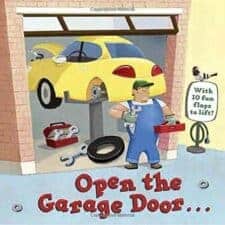
Open the Garage Door . . . illustrated by Christopher Santoro
Cute cartoon-like illustrations, one question per page, and sturdy flaps with familiar vehicles underneath are sure to appeal to young children. “What’s big and yellow and carries lots of kids?”
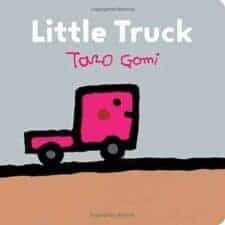
Little Truck by Taro Gomi
A bright pink little truck (who is adorable) climbs a really steep hill (with help from a bigger truck) then goes home, sleeping on Big Truck’s truck bed. Perfect text and illustration with the reassuring message of doing your own thing and that your parent will never be far behind.
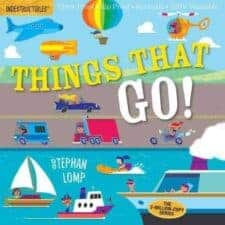
Things That Go! (Indestructibles) by Amy Pixton, illustrated by Stephan Lomp
Chew-proof, rip-proof, and drool-proof, thee paperlike little books are light weight and indestructible. Learn all about vehicles on the road, in the air, in town, on the construction site, and on the sea. Bright illustrations and interesting information make this the perfect book choice for young readers.
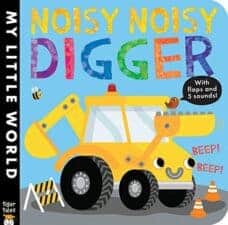
Noisy Noisy Digger (My Little World)
This is such a great board book! Friendly vehicles meet each other; readers learn about each one. The sound on my book doesn’t work but apparently, there are 5 sounds. (I’m fairly glad it’s broken though because ugh.)
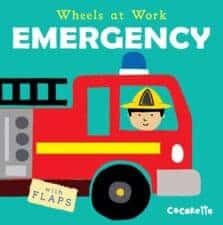
Wheels at Work: EMERGENCY by Cocorette
Lift the flaps to see the emergency vehicles at work. You’ll see an ambulance, police, fire truck, tow truck, and more emergency vehicles. Bright colors and appealing illustrations make this a favorite!
Picture Books for Vehicle Loving Kids
Snubbed by the trains, the new wooden train tracks decide they’ll show the other tracks fun ways to play — like hide and go track, tick-track-toe, tracks stack towers, dominoes, and so much more. These creative play ideas will get your kids thinking of their train tracks in many new, inventive ways. One of my new favorite books, this one is a keeper! Added to: Favorite Books for 4- and 5-Year-Olds.
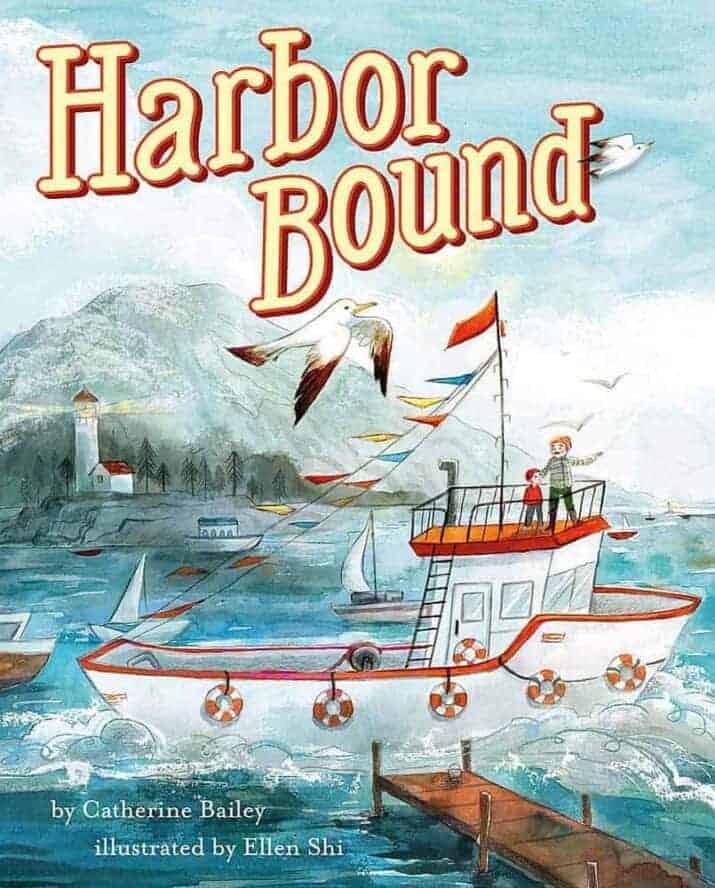
Harbor Bound by Catherine Bailey, illustrated by Ellen Shi
Simple, rhyming text skillfully introduces ship and ocean vocabulary (squall, slip, port) as we follow a boy and his dad coming home after a day on the ocean even through a big storm and around other boats. “Foamy waves, Foghorns sound, Day is done, Harbor bound.”
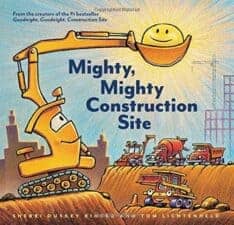
Mighty, Mighty Construction Site by Sherri Duskey Rinker, illustrated by Tom Lichtenheld
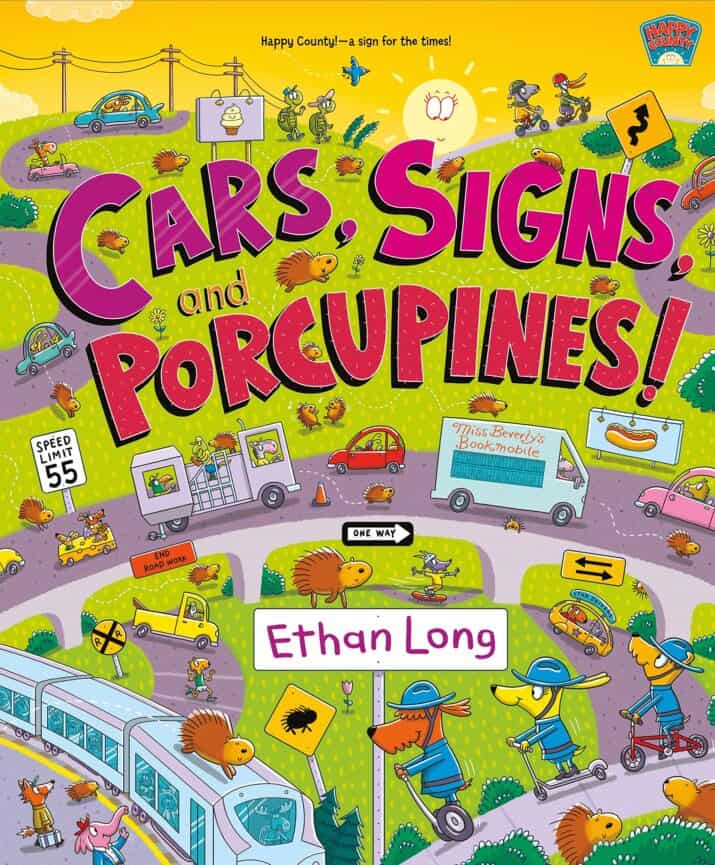
Cars, Signs, and Porcupines! by Ethan Long
Travel along through Happy County as the County Mounties try to catch the mischievous porcupines. Each page brings new adventures and information about maps, geography, counting, transportation, and measurements. Entertaining and playful.
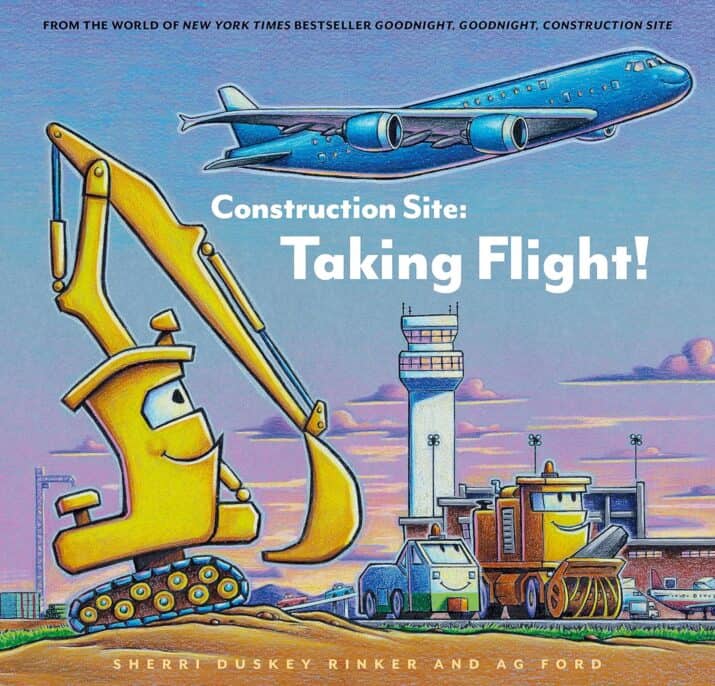 Construction Site: Taking Flight! written by Sherri Duskey Rinker, illustrated by Ag Ford
Construction Site: Taking Flight! written by Sherri Duskey Rinker, illustrated by Ag Ford
The airport needs to be bigger with a bigger road so the vehicles must build an airport addition. Readers will love meeting the new airport-related vehicles (Belt Loader and Tractor) and seeing their familiar favorites (Bulldozer and Cement Mixer) working side by side. The friends work together to make new runways and roads while the planes land and take off. Of course, once the job is done, you’ll say goodnight to the big trucks.
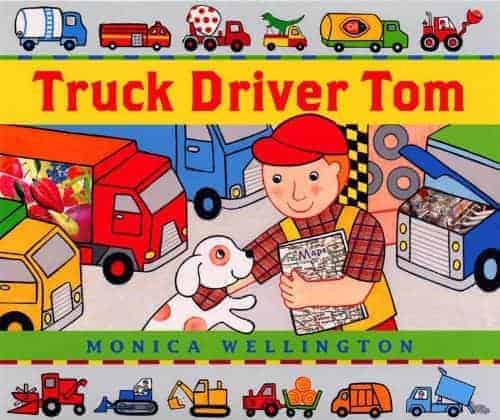
Truck Driver Tom by Monica Wellington
You’ll find so many vehicles to notice — over 60! As Tom passes farms, goes up mountains, travels on highways, and over a bridge, kids are exposed to different geographic and regional features. Tom delivers his fruits and vegetables to the city store, helping kids understand the food to table process, then takes a rest in his truck bed until the next day’s delivery. A two-page spread in the back of the book shares the many vehicles for you to find within the book. I personally love the double-trailer truck with butterflies on the side.
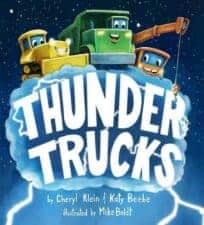
Thunder Trucks by Cheryl Klein and Katy Beebe, illustrated by Mike Boldt
Creative and fun! These Thunder trucks live in the clouds and make the storms: thunder, rain, hail, lightning, and big snow. Besides being an engaging story, it teaches personification! Read how the Dump Truck bustles in with a crash, tilting her dumpster bed up, up, up to pour the hailstones thump, thump, thump. “Thunder Trucks loud. Thunder Trucks strong. Thunder Trucks moving this storm along. The Firetruck makes lightning. The Big Rigs makes Thunder. They divvy it up and roll out so the whole sky rumbles with power and pride.“
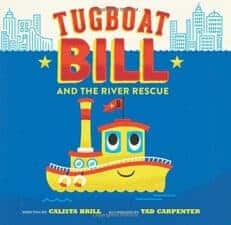
Tugboat Bill and the River Rescue by Calista Brill, illustrated by Tad Carpenter
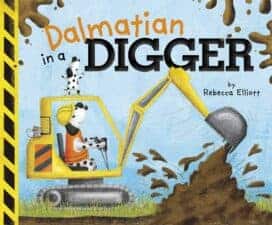
Dalmatian in a Diggerby Rebecca Elliott
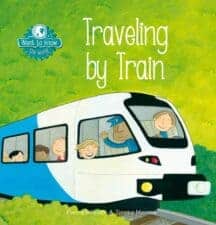
Traveling by Train by Pierre Winters & Tineke Meirink
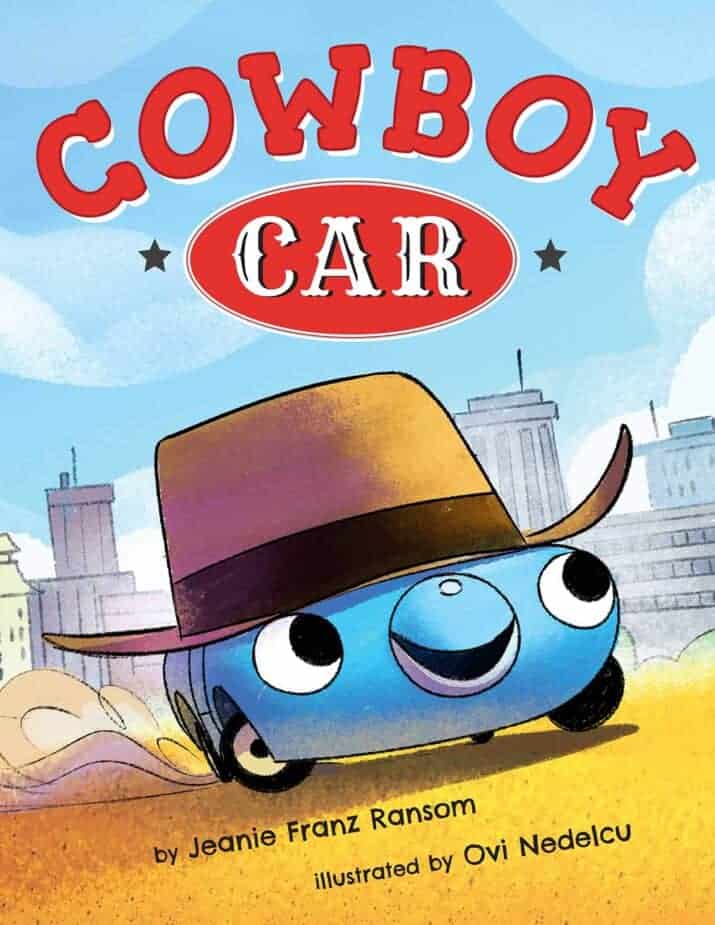
Cowboy Car by Jeanie Franz Ransom, illustrated by Ovi Nedelcu
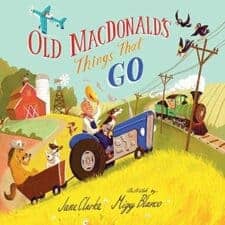
Old MacDonald’s Things That Go by Jane Clarke, illustrated by Migy Blanco
I know so many little boys who just love anything to do with trucks. Which is why I think this vehicle book will appeal to them — maybe not as much to the parent reading it because there are a trillion verses but . . . we do what we must, right? In this Old MacDonald version, it’s about a farmer who, you guessed it, loved things that go. “And on that farm he had a truck. He loved things that go! With a vroom-vroom here and a vroom-vroom there. Here a vroom, there a vroom, everywhere a vroom-vroom.“
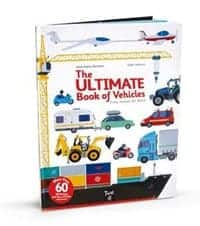
The Ultimate Book of Vehicles From Around the World by Annie-Sophie Baumann, Didier Balicevic
Kids love interactive books and this picture book gives them tons to do! Lift-the-flaps, turn the wheel, push and pull, or slide and move. From farm vehicles to fishing to rescue vehicles, your young kids will adore this beautiful book. Everything is well labeled so kids will be learning tons.
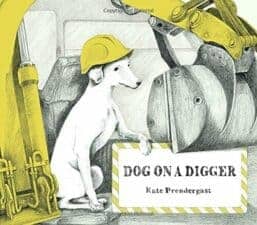
Dog on a Digger by Kate Prendergast
Gray and white with splashes of bright yellow tell this story without words of a dog and his person who work in construction. The dog accompanies his person while he works and while he’s on a break, Dog plays with his puppy friend. When the puppy disappears, Dog must find and save his friend.
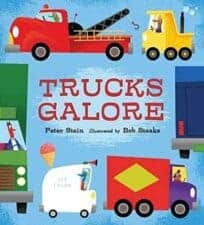
Trucks Galore by Peter Stein, illustrated by Bob Staake
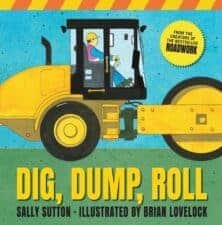
Dig, Dump, Roll by Sally Sutton, illustrated by Brian Lovelock
A noisy world of construction vehicles that begs to be read aloud! Listen to the machine’s sounds then read the clue and try to guess what machine it is. “Bang-a-shudder! Clang-a-judder! What’s at work? Here’s a clue: // it will dig big holes for you. // Digger! Digger! // Coming through!” It’s a rhythmic delight for kids, especially those who love big machines.

Road Work Ahead, written by Anastasia Suen and illustrated by Jannie Ho
In this story, a child and his mom ride in the car to grandma’s house. Along the way, they see road workers, construction crews, and lots of construction vehicles. The colorful illustrations captivate your attention as much as the story. And, as you read you can talk about times you remember in the car when you’ve seen similar sights. By the time the pair arrive at grandmas house for cookies, you’ll be ready to play your own Road Work Ahead!
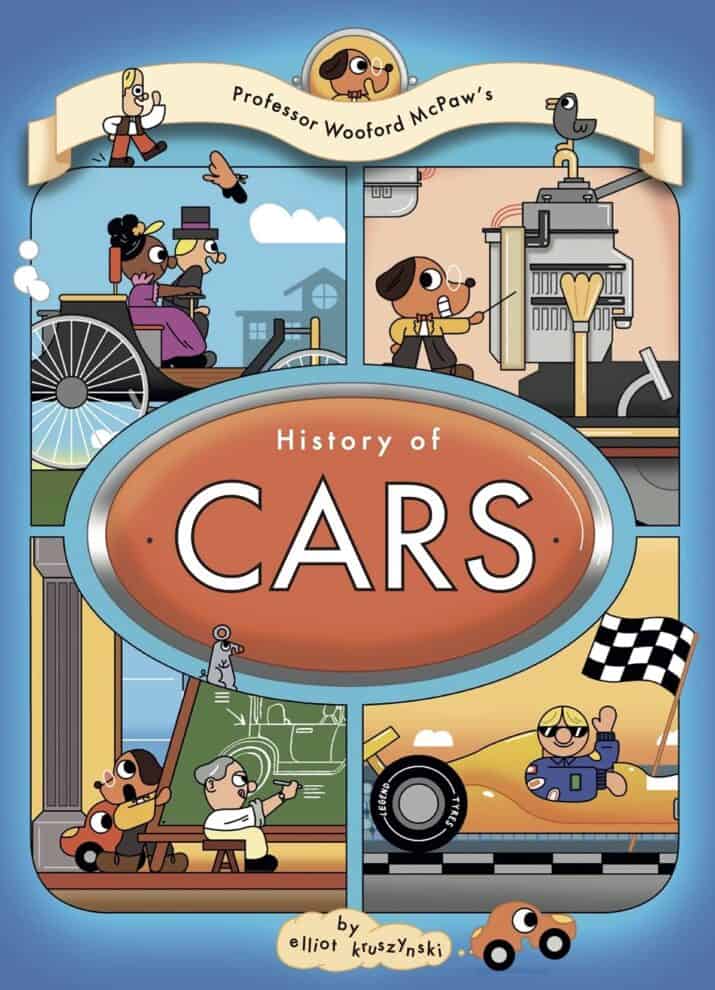
Professor Wooford McPaw’s History of Cars by Elliot Kruszynski
Cute cartoon illustrations (and just overall cuteness) introduce you to a dog named Professor Wooford McPaw who narrates the history of cars with the help of a little red car named Mrs. Tab. Learn about vehicles powered by steam, Karl Benz’s motorwagon, Henry Ford’s Model T, early cars, how cars work, weird cars, and cars throughout history up to the modern and electric car. This book presents SO MUCH information in an appealing format — I recommend it for car-loving kids and for all school libraries.
